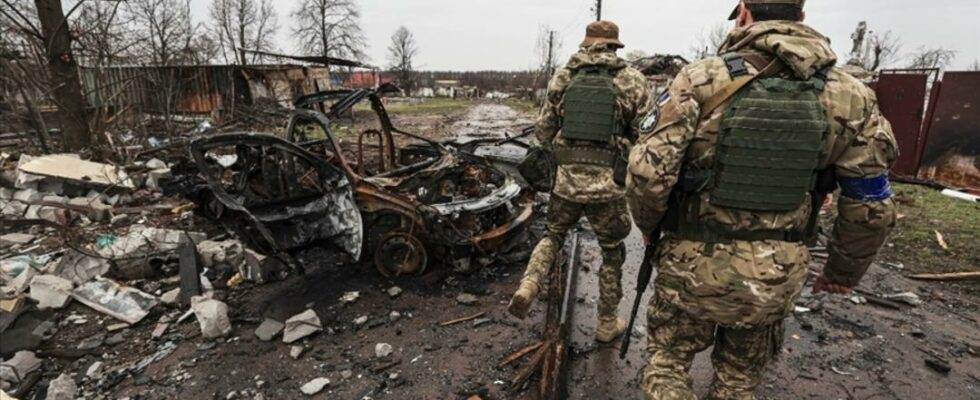British Financial Times published Russian military documents that reveal the facts. According to these documents, Moscow was preparing for a possible war against Japan and South Korea in 2013-2014. The documents contain detailed target lists for a possible war against two critical countries. These targets include both military and civilian facilities, including nuclear power plants and other critical infrastructure.
MADE FOR THE TRAINING OF RUSSIAN OFFICERS
The documents, which come from a larger collection of 29 secret military files, were originally produced for the training of Russian officers. The documents are still thought to be related to Russian strategy.
Among the targets listed in the leaked documents are military command centers, radar facilities, air and naval force bases.
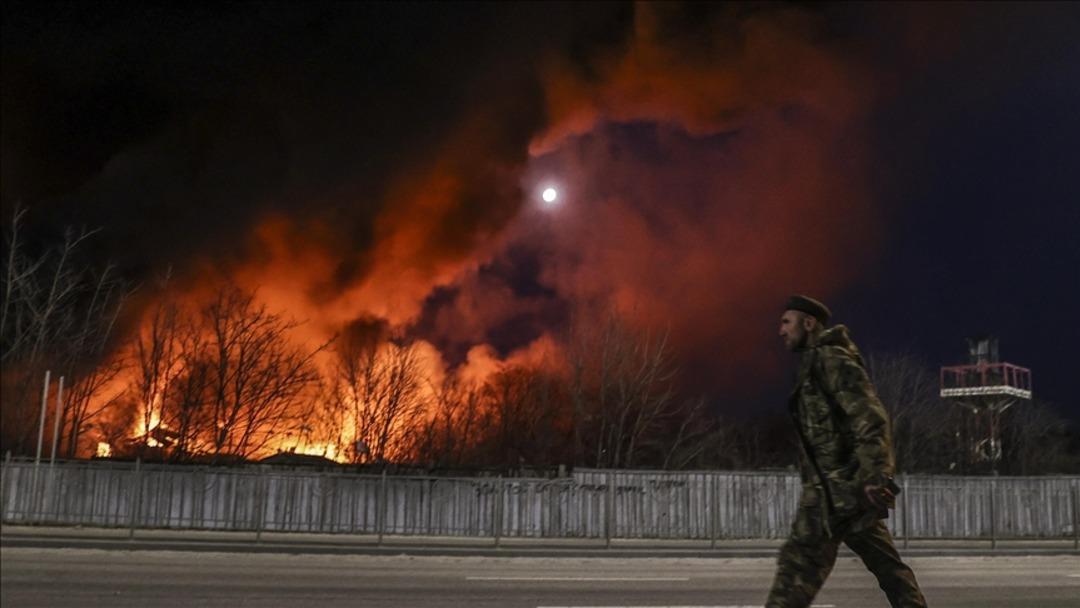
Civilian infrastructure such as tunnels, bridges and power plants, including nuclear facilities, are also among the targets.
PLANS TO PREVENT THE ENEMY FROM TAKING ACTION
Experts interpret these plans as an attempt to make it more difficult for enemy troops to mobilize and regroup in the event of war.
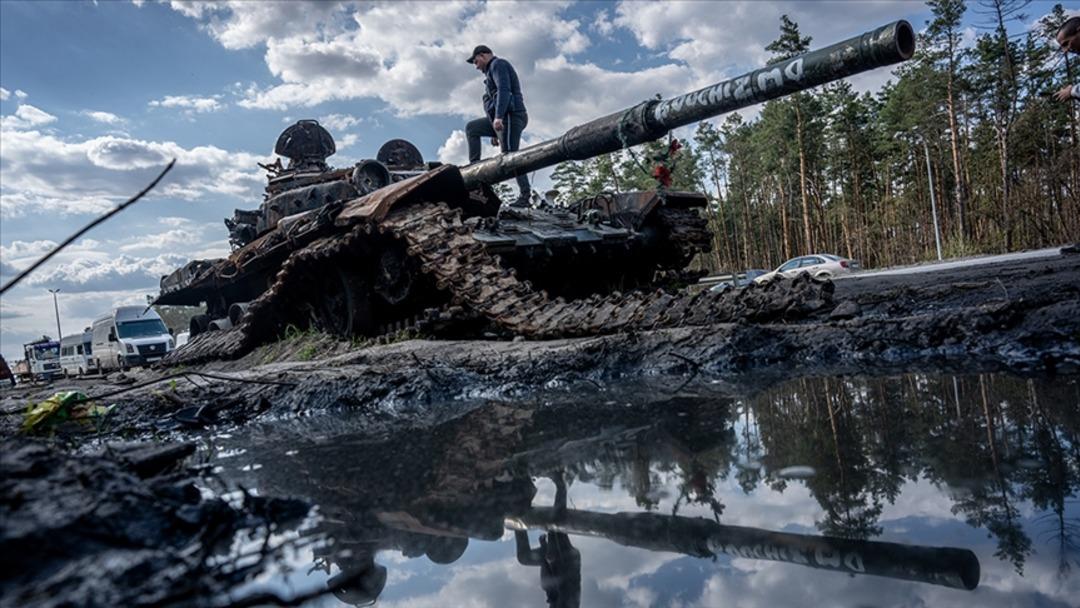
South Korea’s important industrial facilities, such as steel mills and chemical plants, are also targeted by Russian missiles.
REGIONAL FEARS OF RUSSIANS
These documents show that Russian military planners feared that they could be endangered by attacks by the United States and its regional allies in the event of a conflict with NATO.
The plans also show Russia’s overconfidence in its military capabilities.
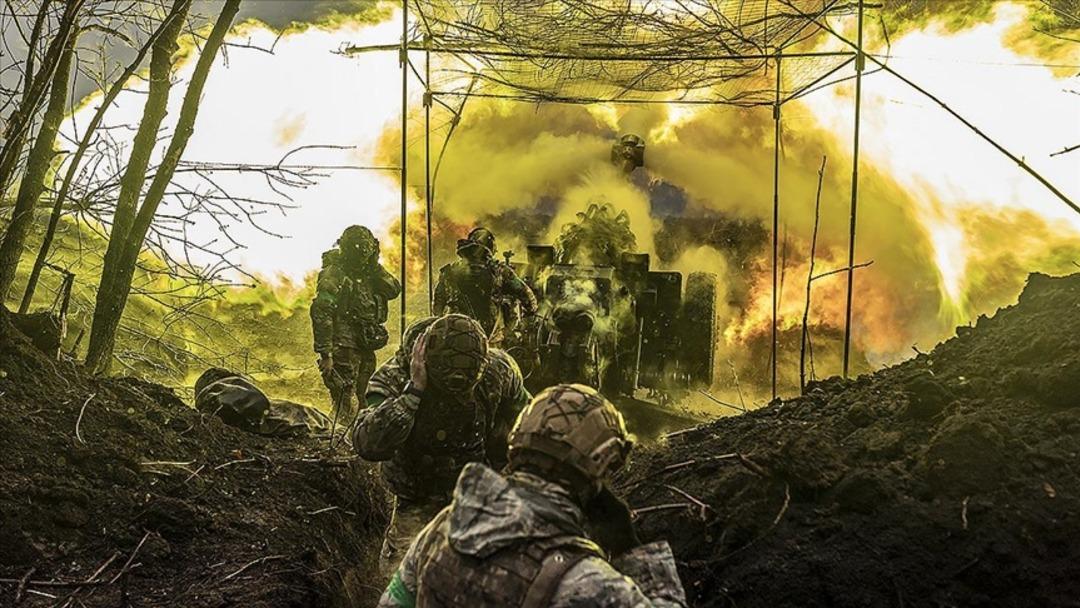
ARE RUSSIAN MISSILES AS POWERFUL AS CLAIMED?
For example, the documents envisage an attack on a Japanese radar station using the Kh-101 cruise missile.
However, experts doubt that these missiles are as powerful as described in the documents.
The system’s weaknesses were revealed during the war in Ukraine: missiles were easily detected by radar systems and often failed to hit their targets accurately enough.
ATTACKS WERE CAREFULLY PLANNED
The documents also show how carefully Russia plans its target lists.
For example, the records contain precise estimates of the explosive power required to penetrate the defenses of South Korean command and control bunkers.
Details such as the size and possible capacities of the facilities also appear to be noted in the lists.
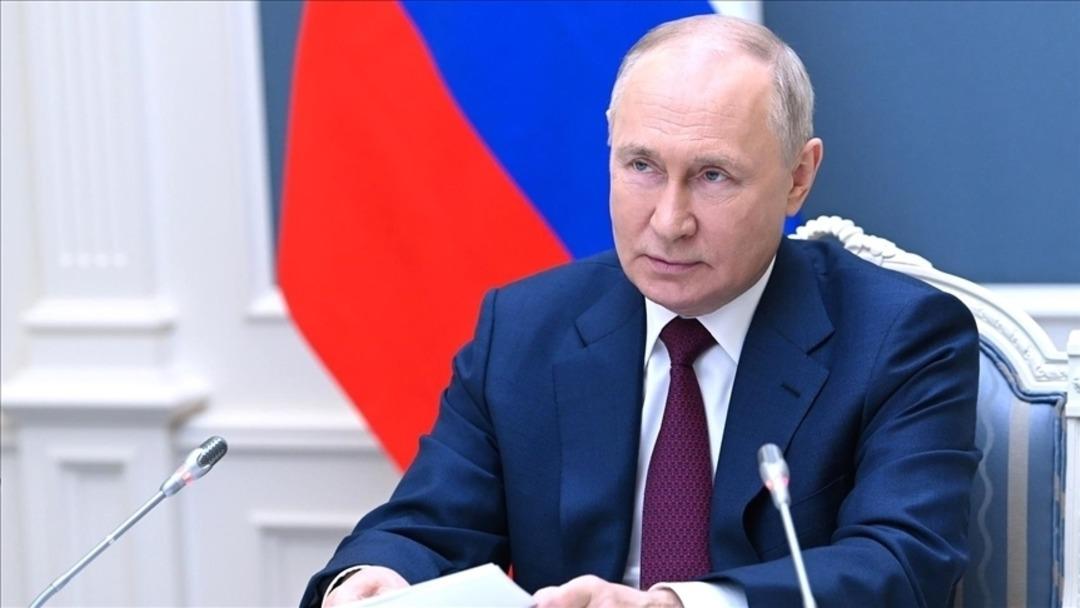
17-HOUR DETECTION FLIGHT
The documents also show that Russia has repeatedly tested its neighbors’ air defense systems.
For example, on February 24, 2014, two Russian warplanes took off from a base in the Far East and made a 17-hour flight around South Korea and Japan to observe the reactions of these countries.
Source: NTV
